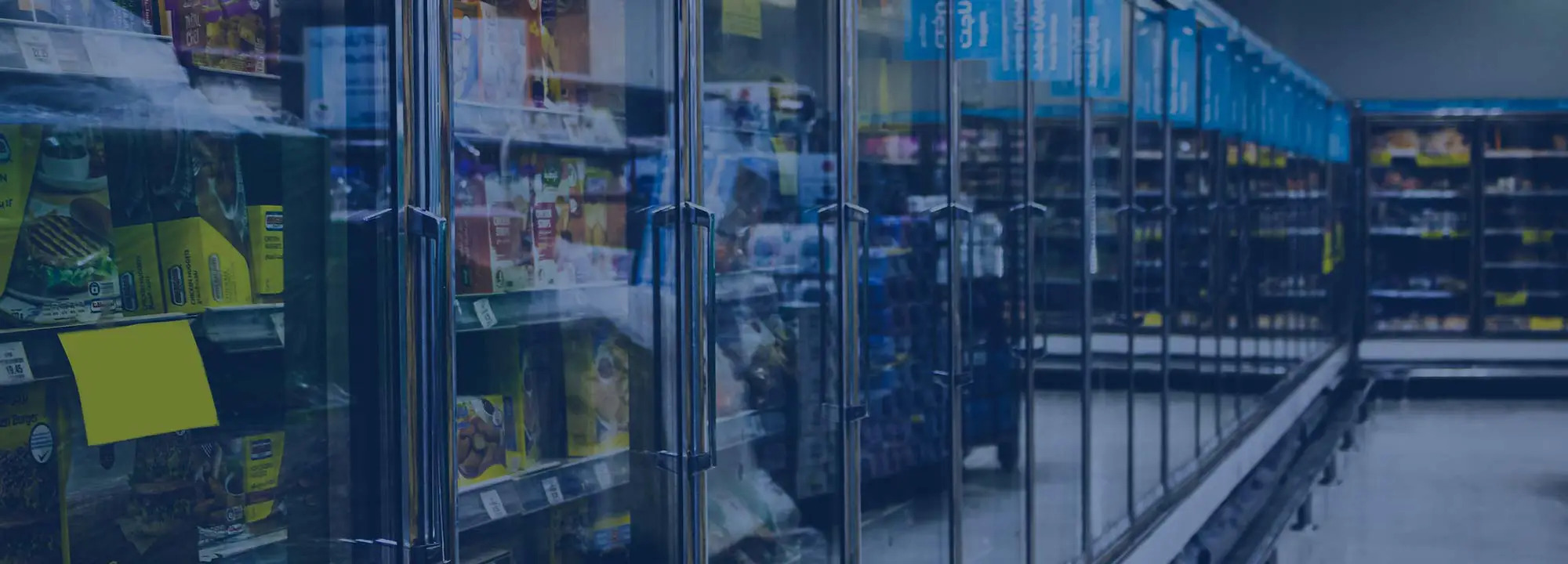Guidelines for preserving the quality of your refrigeration door gaskets:
The primary step in gasket maintenance is regular cleaning, especially after each shift in a commercial kitchen. Grime and grease from kitchen spills can accumulate on the gaskets, hindering their contact with the surface and compromising the seal.
To ensure an airtight seal with the door, use a sponge or cloth with warm water and dish detergent or a water and baking soda solution, known for its antibacterial properties.

Preserving door gaskets is essential for maintaining the efficiency and lifespan of your refrigeration unit.
Here are some tips to help you preserve door gaskets:
- Regular Cleaning: Clean the door gaskets regularly to remove any dirt, debris, or food particles that may accumulate on the surface. Use a mild detergent or soap with water and a soft cloth or sponge to gently scrub the gaskets. Avoid using harsh chemicals or abrasive cleaners, as these can damage the gaskets. Inspect for
- Damage: Periodically inspect the door gaskets for signs of wear and tear, such as cracks, tears, or gaps. If you notice any damage, replace the gaskets promptly to prevent air leaks and maintain proper insulation.
- Check for Proper Seal: Ensure that the door gaskets form a tight seal when the door is closed. To test the seal, place a dollar bill or piece of paper between the door and the gasket and close the door. If you can easily pull the bill or paper out without resistance, the gasket may need to be adjusted or replaced.
- Avoid Overloading: Avoid overloading the refrigerator or freezer, as this can put excess strain on the door gaskets and cause them to wear out more quickly. Follow the manufacturer’s recommendations for maximum loading capacity to prevent damage to the gaskets.
- Adjust Door Alignment: If the refrigerator or freezer door is not properly aligned, it can cause the door gaskets to become misshapen or worn. Check the alignment of the door and adjust it if necessary to ensure that it closes securely and forms a tight seal with the gaskets.
- Maintain Proper Temperature: Keep the refrigerator or freezer at the correct temperature to reduce the workload on the door gaskets. Excessive temperature fluctuations can cause the gaskets to deteriorate more quickly. Use a thermometer to monitor the temperature regularly and adjust the settings as needed.
By following these tips, you can help preserve the door gaskets on your refrigeration unit and ensure optimal performance and energy efficiency.
Helpful Resources
FAQs and a How-To Guide
For quick answers to your refrigeration gasket questions, explore our FAQ.
-
Do you use components of original equipment manufacturer (OEM) quality?
All our products meet or exceed OEM standards. Our gasket material is sourced exclusively from North American manufacturers, ensuring quality without reliance on imported materials.
-
What is the cost of an inspection of my refrigeration equipment?
All our inspections and quotes are free of charge, we can inspect your gaskets every 3 months if you are a previous customer.
-
Can I get replacement hardware through your service?
We collaborate with reliable suppliers to swiftly provide the hardware you need, whether it's a hinge bracket, door handle, replacement strip curtains, or any other item—all at reasonable prices and with convenient installation.
-
Do you provide warranties for your products and services?
We offer a 30 day limited warranty for all our work and materials such as gaskets, strip curtains, and hardware. in addition, we offer a 30 day payment plan.
-
How frequently should I replace my refrigeration door gasket?
We recommend replacing the door gasket every 6-12 months, depending on usage frequency. For standard commercial kitchens, annual replacement is typically necessary to ensure optimal performance.
-
Can you repair refrigeration equipment?
Yes we can!! not only are we gasket experts, we are also Red Seal Refrigeration Mechanics and are fully insured and licensed.
-
How important is it to monitor equipment temperatures?
Monitoring equipment temperatures is crucial for detecting trends or potential issues before they lead to equipment failure. Many temperature-related problems, such as faulty gaskets or clogged condensers, can be addressed with our assistance.

